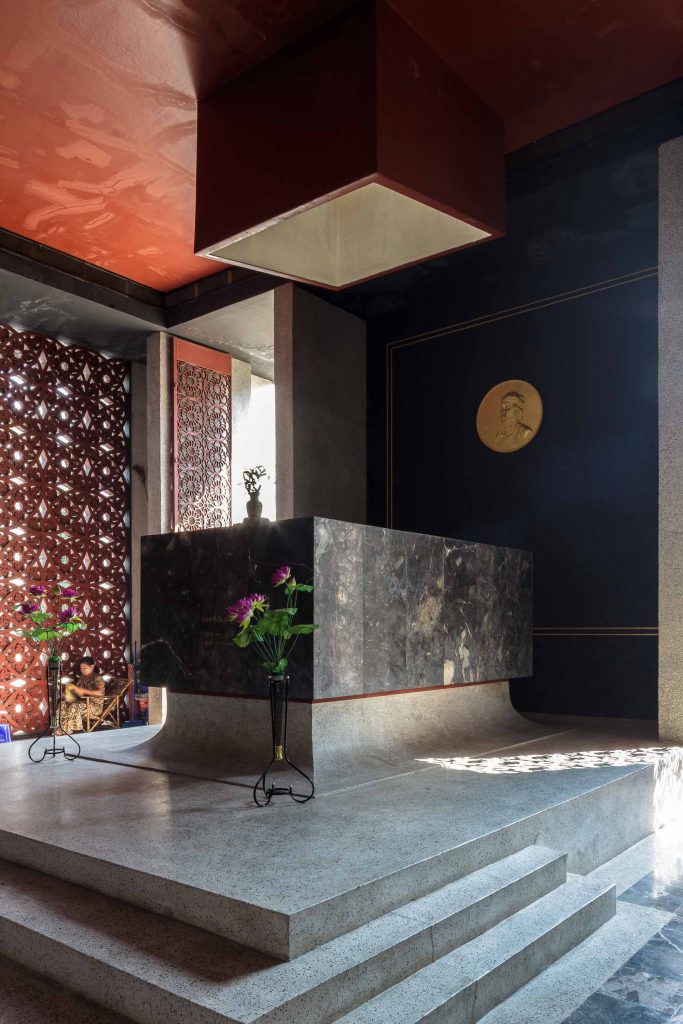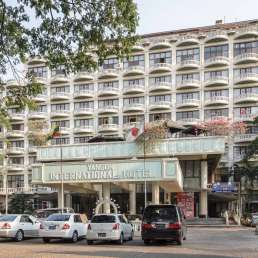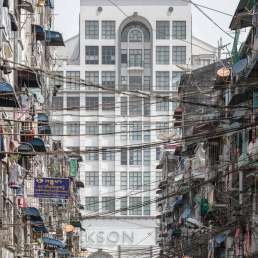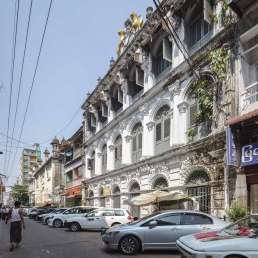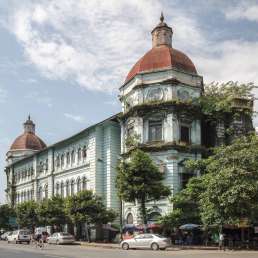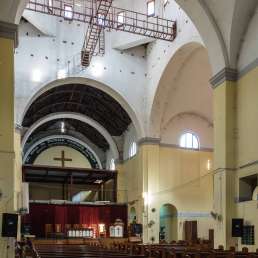Address: Shwedagon Pagoda Road
Year built: 1966
Architect: U Kyaw Min
Thakin Kodaw Hmaing is one of Myanmar’s most celebrated poets. His mausoleum was finished in 1966, two years after his death. The tomb is located inside a strikingly simple and square-shaped concrete building. The dim interior is illuminated mainly by the tall door openings, as well as a skylight. The perforated walls allow light and air to enter. After a period of long neglect, the mausoleum was recently renovated.
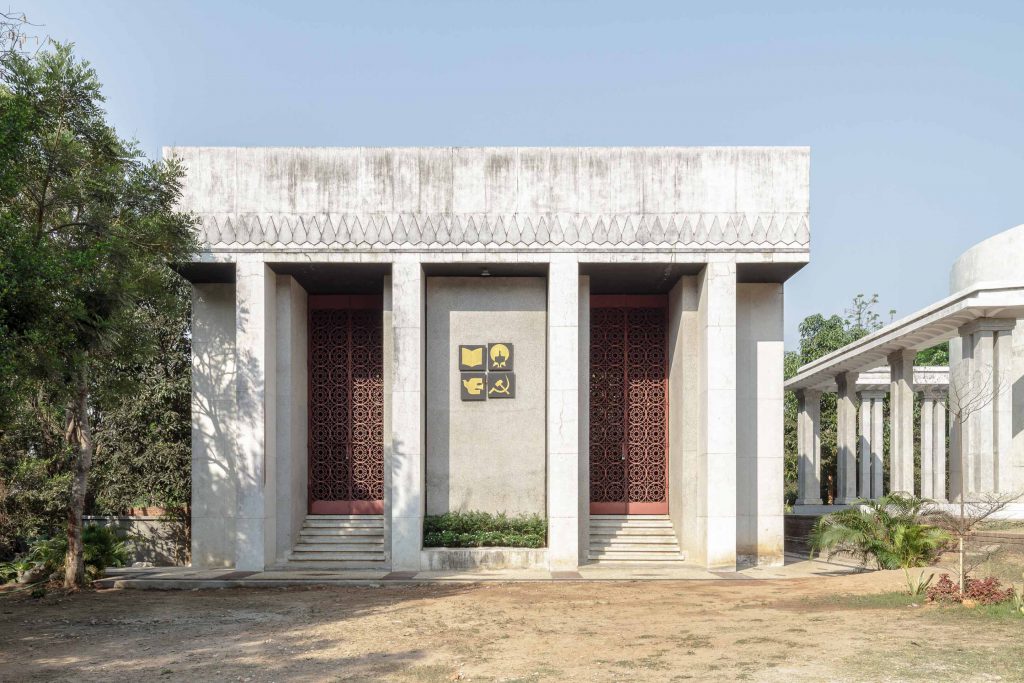
Thakin Kodaw Hmaing (1876–1964) moved to Rangoon in the late 19th century. He started out as a playwright and later turned to journalism. He joined the Burmese nationalist cause and became one of its leading public intellectuals. An active proponent of reconciliation between the warring factions in post-independence Burma, he earned the “Stalin Peace Prize” in 1954; this explains the hammer and sickle on the façade of the mausoleum, alongside symbols of a book, a peacock (Myanmar’s national symbol) and a peace dove. The mausoleum’s architect, U Kyaw Min, also designed the adjacent mausoleum of Daw Khin Kyi.
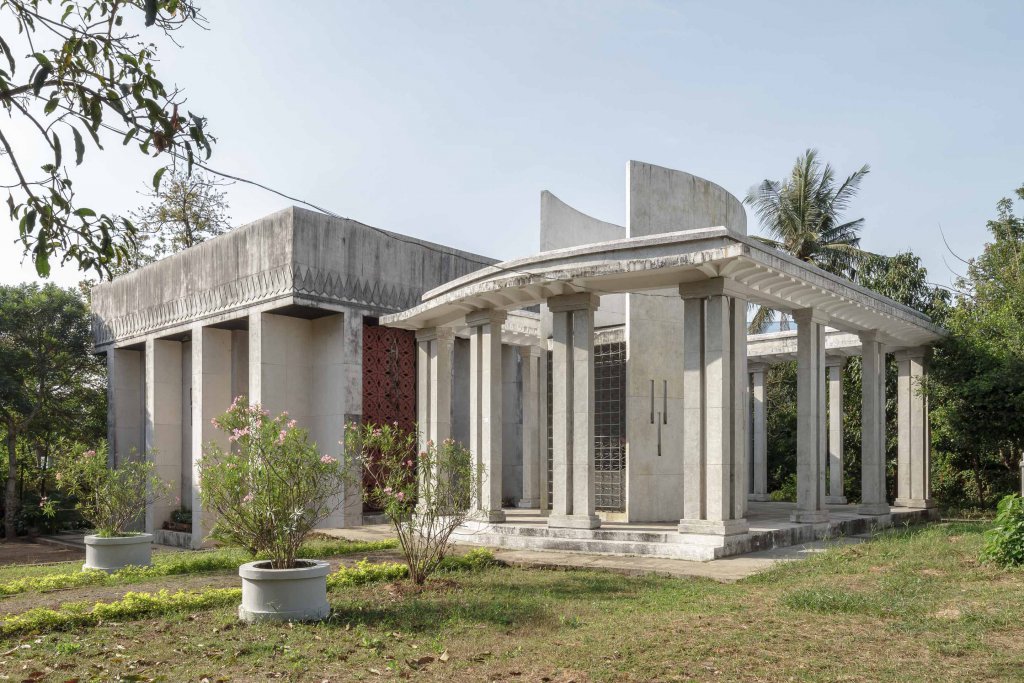
U Kyaw Min was born in 1933. Upon entering his third year at Yangon University’s Engineering College, he was offered a scholarship to study in the US, at the Massachusetts Institute of Technology, from where he obtained an engineering degree in 1957. Upon returning to Myanmar, he spent some time as a lecturer and then set up his private practice in the early 1960s. As the country took a dark turn under Ne Win, this was not a time for lavish private commissions. However, U Kyaw Min built many residential projects for business people who appreciated his expertise and understated style. He was able to incorporate local design elements in his modern architecture, seen here in the mausoleum’s subtle ornamentation.
